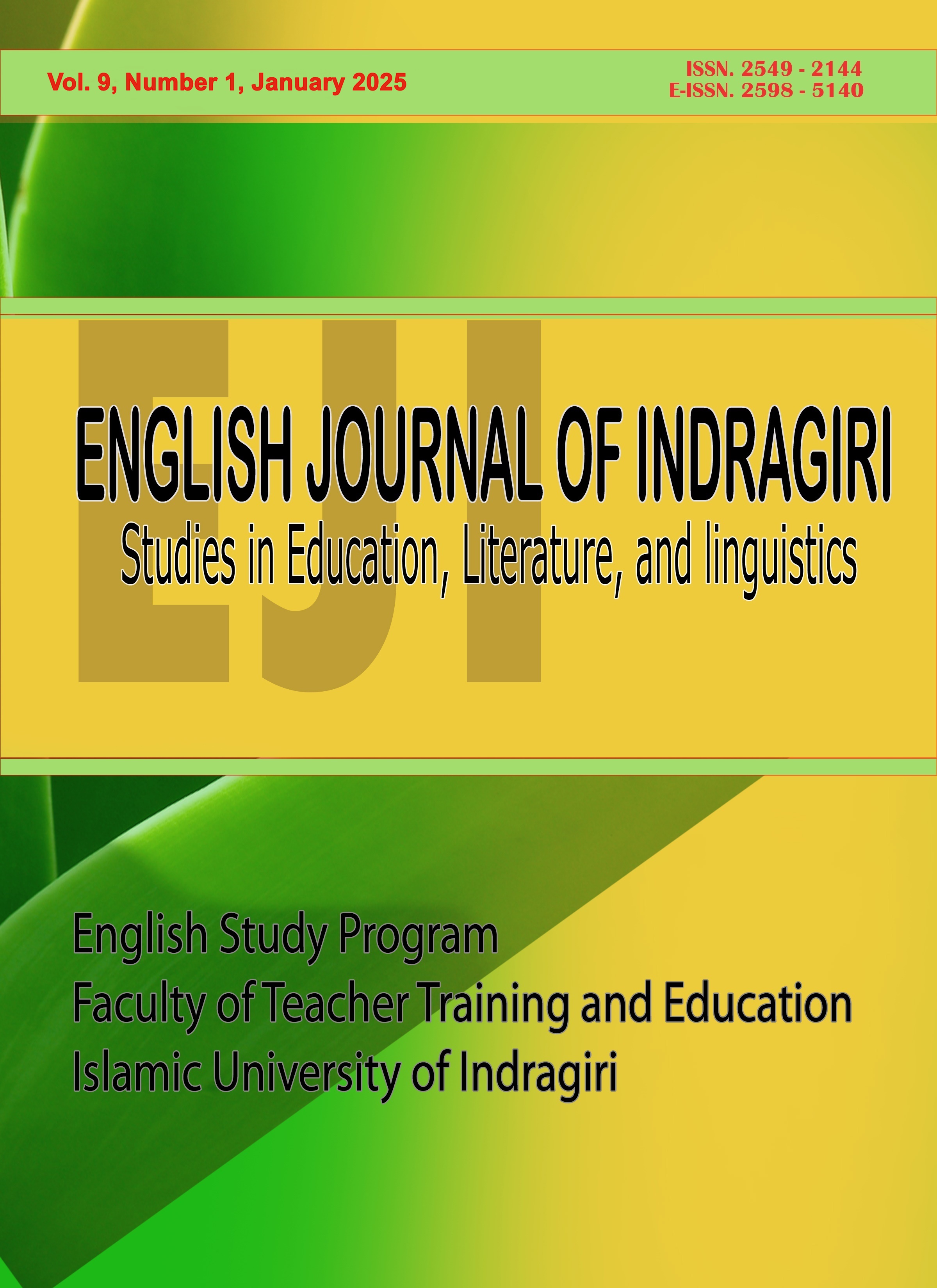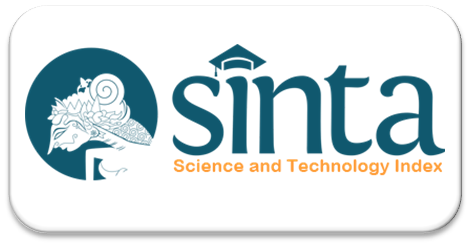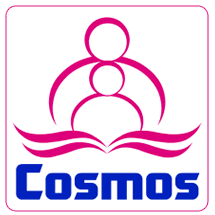An Analysis of CIRC-FCL Learning Models in Teaching Reading at the University Level
DOI:
https://doi.org/10.61672/eji.v9i1.2868Keywords:
Cooperative Integrated Reading Composition , , Flipped Classroom, , Learning Reading,Abstract
This study examines the integration of the Cooperative Integrated Reading and Composition (CIRC) model with Flipped Classroom Learning (FCL) in teaching reading at the university level. The CIRC-b-FCL model combines cooperative learning strategies with student-centered, technology-enhanced approaches to enhance reading comprehension, critical thinking, and engagement. Using a mixed-methods approach, the research evaluates the model's effectiveness in improving reading skills, fostering collaboration, and addressing individual learning needs. Data were collected through surveys, tests, and classroom observations involving university students enrolled in reading courses. Findings revealed a significant improvement in students' reading scores, with an average increase of 82 % for cognitive, 77% for affective and 82 % for attitude. However, This study investigates the effectiveness of the CIRC-b-FCL model in improving students' reading comprehension, critical thinking, and motivation The findings suggest that CIRC-b-FCL can be a valuable approach for improving student learning outcomes in higher education.
References
Aprianto, E., & Fheriyawati, D. (2020). The implementation of multiple media in improving reading comprehension skill in the university students. Journal of Physics: Conference Series, 1464(1), 12014. Institute of Physics Publishing. https://doi.org/10.1088/1742-6596/1464/1/012014
Aprianto, Eko, Purwati, O., & Anam, S. (2020). Multimedia-Assisted Learning in a Flipped Classroom: a case study of EFL University students. International Journal of Emerging Technologies in Learning (IJET), 15(24), 114–127.
Bergmann, J., & Sams, A. (2012). Flip your classroom: reach every student in every class every day. Washington, D.C.: International Society for Technology in Education (ICTE). Retrieved from https://onlinelibrary.wiley.com/doi/abCompetencies for Analysis and Aplications. Pearson Education, Inc.
Erlidawati, & Syarfuni. (2018). The effect of Cooperative Integrated Reading and Composition on reading comprehension of IAIN Lhokseumawe, Indonesia. Advances in Language and Literary Studies, 9(4), 153–160. https://doi.org/10.7575/aiac.alls.v.9n.4p.153
Fahmi, R., Friatin, L., & Irianti, L. (2020). The use of flipped classroom model in reading comprehension. JALL (Journal of Applied Linguistics and Literacy), 4(1), 77–94. Retrieved from https://jurnal.unigal.ac.id/index.php/jall/article/view/3138
Harida, E. S. (2021a). Kalkulasi Analisis Kebutuhan untuk Model Pembelajaran CIRC-b-FCL. In academia.edu. Padangsidimpuan. Retrieved from https://www.academia.edu/61032219/Kalkulasi_Analisis_Kebutuhan_untuk_ Model_Pembelajaran_CIRC_b_FCL
Hasyim, U. A. F. A., Sari, Y. A., & Puspita, N. (2020). Applying of Cooperative Integrated Reading and Composition (CIRC) strategy on students’ reading comprehension. Anglophile Journal, 1(1). Retrieved from https://www.attractivejournal.com/index.php/anglophile/
Hilmy, Z. (2019). Keefektifan model CIRC (Cooperative Integrated Reading and Composition) terhadap keterampilan membaca pemahaman siswa kelas IV SDN Gugus Langlang Yudho Blora (Universitas Negeri Semarang).
Johnson, G. B. (2013). Students perceptions of the flipped classroom (The University of British Colombia (Okanagan)). The University of British Colombia (Okanagan), Columbia. Retrieved from https://assets.techsmith.com/Docs/pdf- landingpages/Student_Perceptions_of_the_flipped_Classroom-
Joyce, B., & Weil, M. (1996). Models of teaching. New Delhi: Prentice Hall of India. Retrieved from http://library.lol/main/504020FBB8932E45AFF8B29505E43FF0
Joyce, B., Weil, M., & Calhoun, E. (2015). Models of Teaching (Ninth). New York: Pearson Education, Inc. Retrieved from http://library.lol/main/504020FBB8932E45AFF8B29505E43FF0
Joyce, B., Weil, M., & Showers, B. (1992). Models of teaching. Boston: Allyn and Bacon.
McWhorter, K. T. (1986). Guide to college reading. Boston: Little, Brown, and Company.
McWhorter, K. T. (2014). Academic Reading: College Major and Career Application (Eight). New York: Pearson Education. Retrieved from https://book4you.org/book/3507937/b4e523
Michalak, R. (2020). ASSURE Model. Retrieved from Learning Theories ETC547 Spring 2011 website: https://sites.google.com/a/nau.edu/learning- theories-etc547-spring-2011/theory/assure-model-
Nerantzi, C. (2020). The Use of Peer Instruction and Flipped Learning to Support Flexible Blended Learning During and After the COVID-19 Pandemic. Slavin, R. A. (2011). Instruction Based on Cooperative Learning. In R. E. Mayer (Ed.), Handbook of Research on Learning and Instruction (pp. 344–360).Routledge. Retrieved from https://id1lib.org/book/1163129/2b1e1f
Slavin, R. E. (1980). Cooperative Learning. Review of Educational Research, 50(2), 315–342. https://doi.org/10.3102/00346543050002315
Slavin, R. E. (2005). Cooperative Learning: theory, research and practice. London: Allymand Bacon.
Downloads
Published
Issue
Section
License
Copyright (c) 2025 Wenny Elsara, Gunaldi Masbiran

This work is licensed under a Creative Commons Attribution 4.0 International License.




















